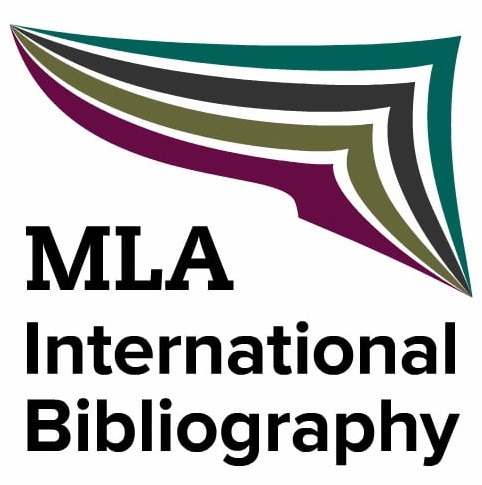Victim Balls in Post-Stalin Russia: Distance, Generations, and Mourning
DOI:
https://doi.org/10.13135/2281-6658/1087Abstract
Drawing on his book Warped Mourning, and psychoanlytic studies of post-traumatic syndromes, the author analyses the processes by which a national culture comes to terms with its own violent past, as in the case of the French revolution, Soviet Russia, Nazi Germany. After the French revolution, relatives of the guillotined victims came together in Victimes Balls, providing a prototypical case of what the author calls mimetic mourning. There are differences, however. While the Nazi Holocaust exterminated the Other, Soviet terror was suicidal: it was a rule rather than an exception that the perpetrators of one wave of terror became victims of the next. This made it all the more difficult to produce a collective memory elaborating mourning for its victims. As Freud mantains, repressed, unburied memory returns as the uncannyDownloads
##submission.downloads##
Pubblicato
2015-12-24
Fascicolo
Sezione
Unburied Memory
Licenza
Gli autori mantengono i diritti sulla loro opera e cedono alla rivista il diritto di prima pubblicazione dell'opera, contemporaneamente licenziata sotto una Licenza Creative Commons - Attribuzione che permette ad altri di condividere l'opera indicando la paternità intellettuale e la prima pubblicazione su questa rivista.






